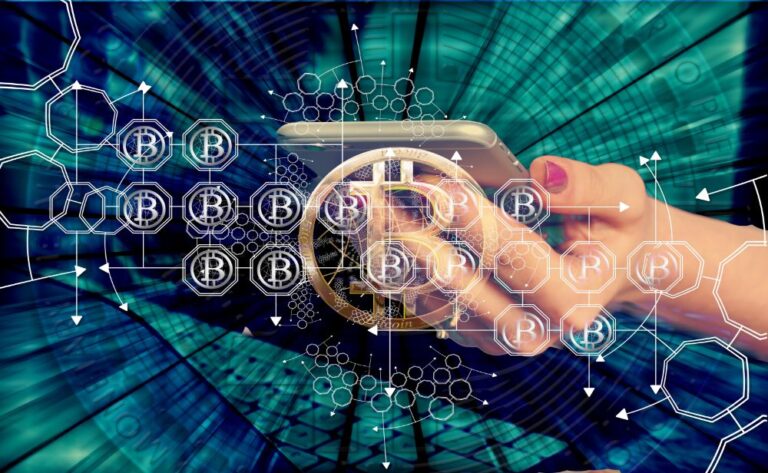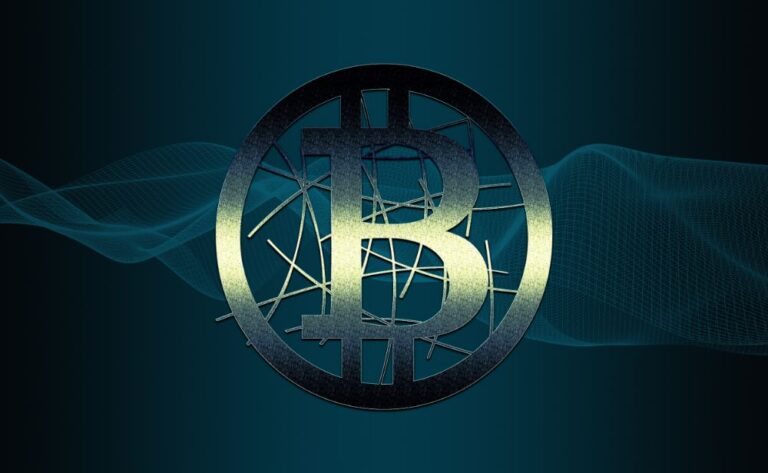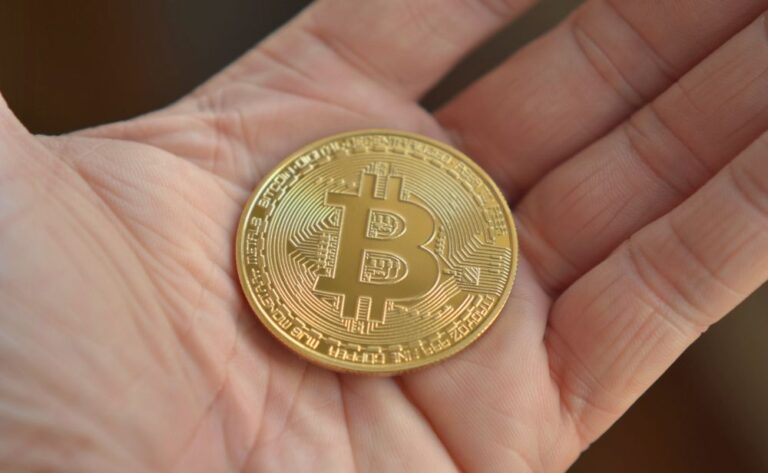Welcome to Crypto

When you’re new, we understand that it can be a little intimidating. In order to get you started on your adventure into the realm of blockchain technology, this beginner’s tutorial will ease you into some of the fundamental ideas that you’ll need to know.
Let’s not waste any more time and immediately go down the rabbit hole.
What exactly is a cryptocurrency, then?
A cryptocurrency can be thought of as an electronic version of cash. You could use it to pay your buddies for your portion of the bar tab, purchase those new socks you’ve had your eye on, or book flights and accommodations for your next vacation. Because it is a digital money, cryptocurrency can be transmitted to relatives and friends wherever they may be located in the world.
I take it that this works the same way as PayPal or bank transfers?
However, this is not the case. It’s a huge step forward in terms of interest!
You need to understand that the majority of traditional internet payment gateways are owned by businesses. They will retain your money for you, but when you want to spend it you will have to ask them to transfer it to another account on your behalf.
There is no central authority or governing body for cryptocurrency transactions. Through the use of free software, you, your friends, and thousands of other people can function as your own banks. Because your computer is able to link with the computers of other people, this means that you are able to interact directly with one another; there is no need for any intermediaries!
It is not necessary to provide personal information such as an email address and a password in order to utilise cryptocurrencies. You may begin sending and receiving within minutes by downloading a broad choice of apps onto your smartphone, which you can do at any time.
What’s with the name “cryptocurrency,” anyway?
The words “cryptography” and “currency” were combined to create the moniker “cryptocurrency.” The application of sophisticated mathematics allows us to keep our funds safe and ensures that no one else can use them without our permission via cryptography.
It is not necessary for you to grasp all of this because the programmes that you utilise will handle all of the hard lifting for you. Even if you look behind the hood, you won’t understand what’s happening.
Therefore, this mystical form of currency found on the internet is not held by anybody and relies on cryptography to keep the system safe. But you already have applications for people willing to pay you, so why should you care?
Permissionless
It is impossible for anyone to prevent you from utilising cryptocurrencies. On the other side, centralised payment services have the ability to put a hold on accounts and prohibit transactions from being processed.
Censorship-resistant
Because of the way the network was constructed, it is extremely unlikely that any hackers or other kinds of attacks will be able to bring it down.
A mode of payment that is both expedient and low-cost.
Your money can be with the recipient in a matter of seconds when you make a transaction to someone on the other side of the world at a cost that is a fraction of what it would be for an international wire transfer.
Who first conceptualized Bitcoin?
Surprisingly, no one knows the identity of the person who first created Bitcoin. Only by their screen identity, Satoshi Nakamoto, are we familiar with this person. If you believe some of the more outlandish claims, Satoshi may be a time-traveling alien or a secret government team. Alternatively, Satoshi could be a single individual or a group of programmers.
In 2008, Satoshi released a document that was nine pages long and explained how the Bitcoin system functioned. After a few months, in 2009, the actual software was made available for purchase.
Bitcoin was the first cryptocurrency, and it served as the model for many others. Some of them used the same piece of software, but others took an entirely different approach to things. Okay, but can you please explain the distinctions between the various cryptocurrencies?
It would take us weeks only to produce a list of all of the numerous cryptocurrencies that are available. Some are more programmable than others, while others are faster than others, more private than others, and more secure than others.
In the world of cryptocurrencies, there is a popular phrase that goes something like this: “Do Your Own Research” (or DYOR). We assure you that we are not trying to be impolite by expressing that. It simply indicates that you shouldn’t accept the information obtained from a single source as definitive of the situation.
Be sure to perform all of the necessary research on a potential investment before putting any of your money into it.
In the following section, we are going to discuss about the technology known as blockchain, which is the foundation on which the great majority of digital currencies are built on.
Blockchain: what exactly is it?
Do not let the confusing technological jargon that some use to define “blockchain” frighten you. A blockchain is only a decentralized database. It is also not a very complicated one; in fact, you could make it in a spreadsheet with very little effort if you wanted to.
There are several oddities to be found within these databases. The first is that blocks can only be appended to in a blockchain. This indicates that you can only add information; you cannot just click on a cell and erase information that you have previously added or alter it in any other way. You are only able to add new information.
The second feature of the database is that each entry (which is often referred to as a block) is cryptographically connected to the entry that came before it. In plain English, this means that each new entry needs to include something like a digital fingerprint or hash of the previous one.
And that wraps things up! As a result of the fact that each fingerprint points to the one before it, you will end up having a chain of blocks. Or, a “blockchain,” as the cool kids prefer to refer to it these days.
A blockchain cannot be altered since changing a block will result in the fingerprint being altered. Because of the inclusion of that fingerprint in the subsequent block, that subsequent block has also been modified. And because the fingerprint on that block was… well, I think you get the point. The result is a domino effect, in which the effects of any change become immediately apparent. You won’t be able to change any information without anyone finding out about it.
Is that the case?
Underwhelmed? That makes sense. This isn’t some complicated replacement for Google Sheets; that’s not the innovation here. It’s the fact that anyone can make an identical copy of the blockchain on their own computer by downloading blocks that have been created by other users using the network. The software that we discussed before is responsible for doing exactly that.
Imagine that you and some of your other buddies, Alice, Bob, Carol, and Dan, are the ones operating the software. It’s possible that you’d say something like, “I want to give five pennies to Bob.” You then communicate that command to the remaining participants, but Bob does not instantly receive the coins.
There is a possibility that Carol will make the decision at the same time to send Alice five pennies. In addition to that, she communicates her directive to the network. A participant is able to create a block by compiling all of the outstanding instructions at any time during the game.
What prevents players from deceiving the system if anyone may make a block?
Creating a block that says “Bob pays me one million coins” is definitely something that appeals to your sense of vanity quite a bit. Or to begin making purchases from Carol, such as Lamborghinis and fur jackets, using money that isn’t legally yours so that you can do so.
But unfortunately, that’s not how things work. You will not be able to spend money that you are not supposed to be able to spend as a result of the system’s utilisation of encryption, game theory, and something called a consensus algorithm.
Do you already have this knowledge, and are you looking for instruction on how to trade or invest? Let’s go on to that topic now.





